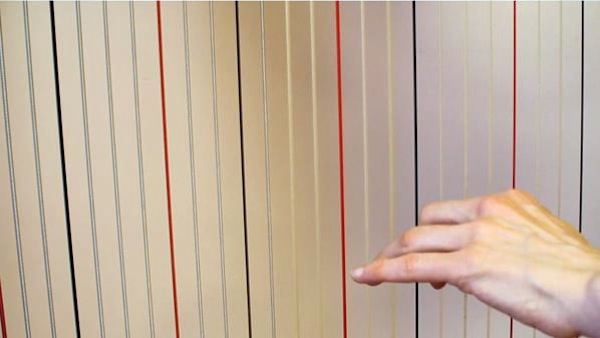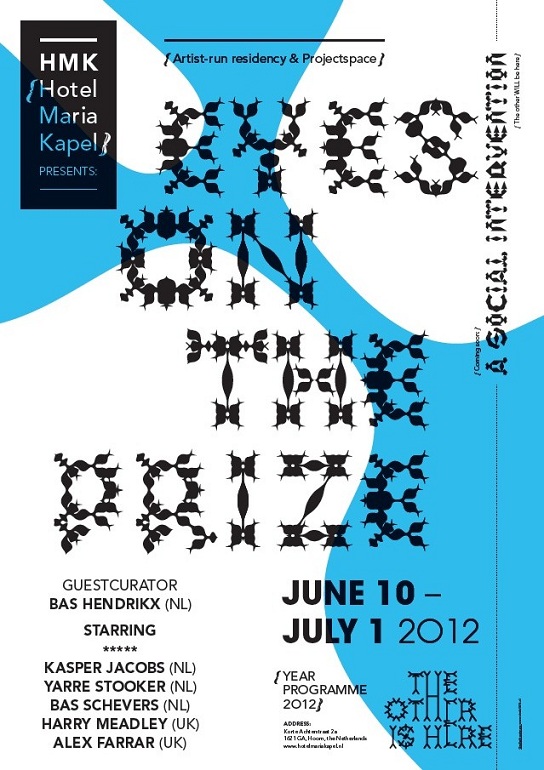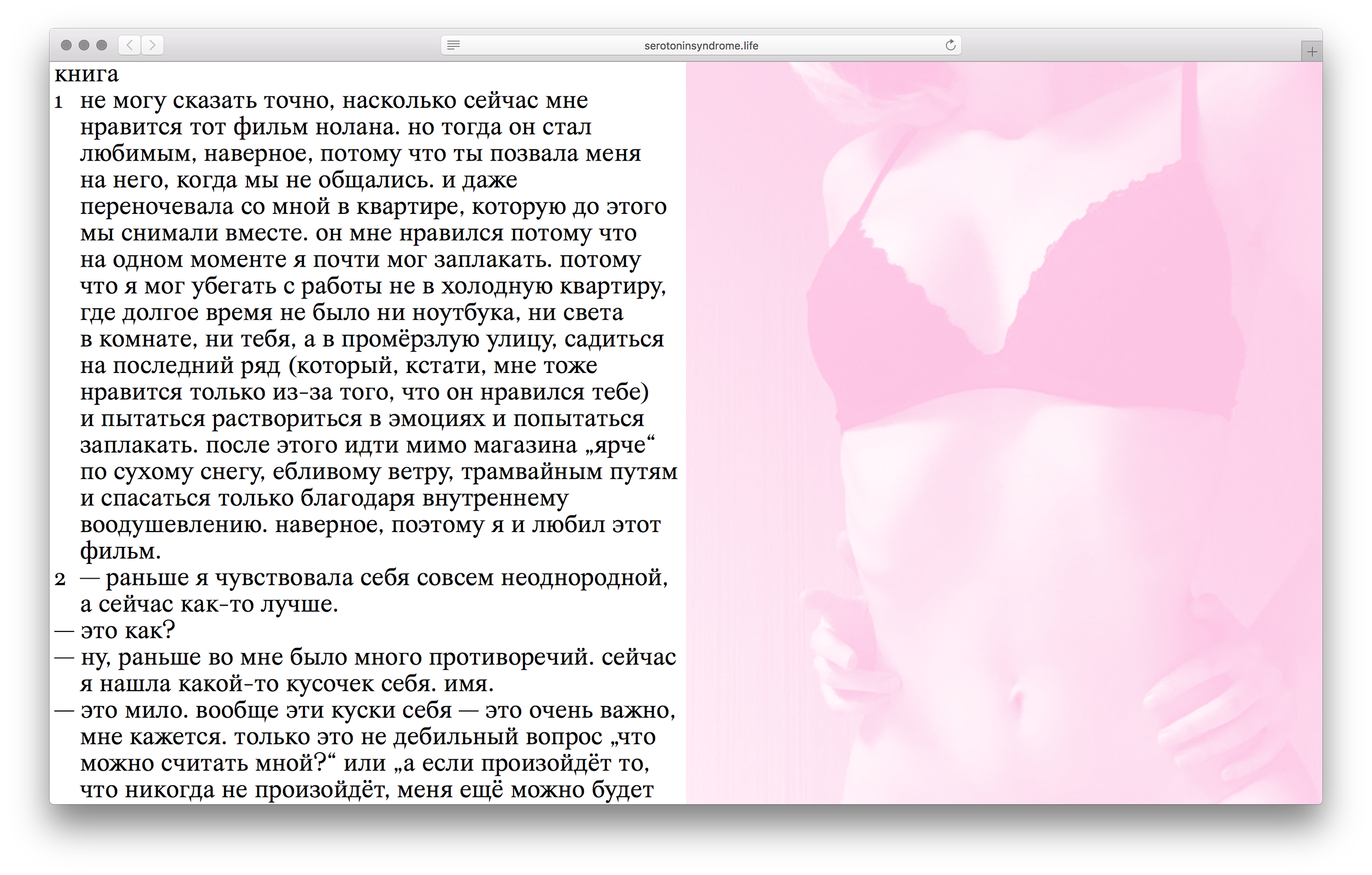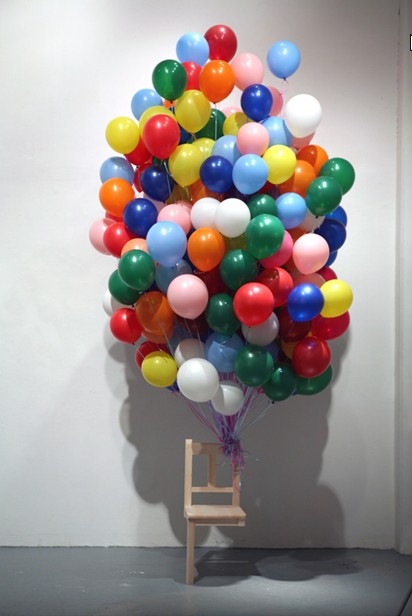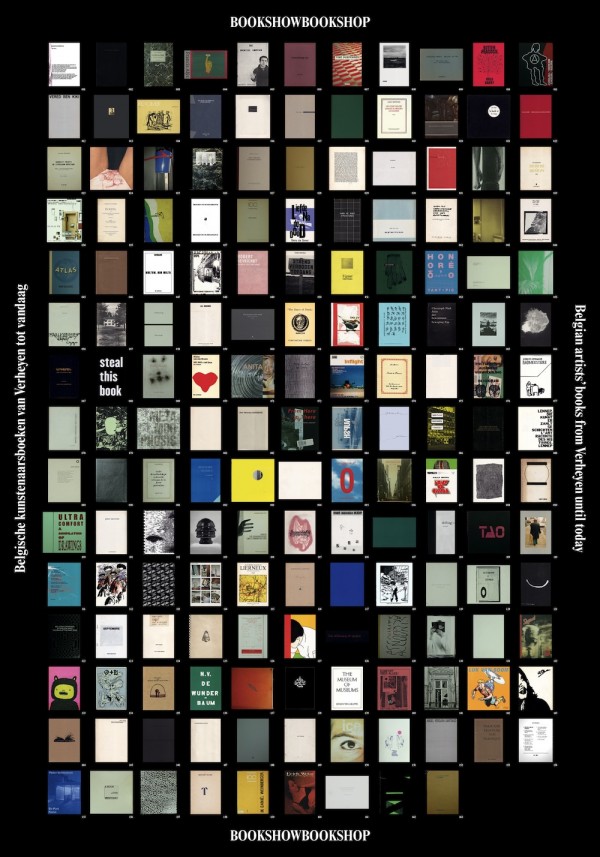Esprit Libre
In his tale of Dubliners James Joyce paints a portrait of a man dealing with the problems of isolation. “Every bond”, that man says, “a bond to sorrow.” (Joyce, 1993, 139) [1]
While living the dream of sci-fi movies of 1960s in terms of communication and technology, did we end up by isolation? As in the song of Joy Division; even Love tears us apart. Living in a place where individualities spend their days with conspiracy theories, a place where problems related with ethnicity, sexuality and money still exists, make our grandmas be more anxious for us. Troubles with economy, in turn leading to immigration, ever widen the gap between East and West. Schizophrenically, at the same time, all developments in communication strengthen other bonds between continents, changing the understanding of geography.
The work of French choreographer Morgan Belenguer*, Esprit Libre (The Free Spirit), performed and exhibited in Dock 11 in the beginning of July 2012, reminded one of the contradictions in our society while clearly elucidating how we are limited therewithal trying to be free spirits. As Belenguer faced, in order to open bank accounts there are contracts named as Free Spirit [2]. Opening an account with the name Free Spirit is another strategy of commodity culture; in our society everything is connected with ID and the business of advertising. What expected is you to feel more comfortable, better about ourselves and be thus more interested. Money and free spirits become similar things with that strategy, although money prevents us realizing our dreams; concurrently it is the one that realizes our dreams. Contradictions, paradoxes…
When entering the space one hears the sound of a bouncing ball, spurring the observer to turns her/his head to see what is happening around the room. There are several works displayed, creating their own space and – by referencing each other – become pieces of a whole. Three women bouncing tennis balls, an opened dictionary showing the page of the word “freedom”, a video by Belenguer depicting mentally handicapped people in a therapy for sensory awareness through horse riding, a photo indicating a scene from the video work Coupé/Décalé by Camille Henrot with a mango placed near by, photos of clouds printed on cardboards and flowers in the plastic Pure Life bottles, a hexagonal shaped print of a detail of the painting Animals Boarding Noah’s Ark (after 1579) by Jacopo Bassano. Isn’t it like how we are surrounded by lots of details related with each other in one time and space, in the postmodern era. The whole piece is like a body or machine producing randomly, showing the detailed parts of it.
In the film Mon Onkle by Jacque Tati, the viewer observes the life of a middle-class family surrounded by the new machines of modern life and their humorous relation with the technology. As modernization offers a standardized way of living, human beings try to integrate themselves to this situation where those objects start to orient the gestures and movements of the people. Three women dressed in white and black bounce a tennis ball in a very serious manner in one of Belenguer’s works, reminiscent of the contradictions of modernization. The ultimate mission is to bounce tennis ball. The bodies are concentrated and – according to how ball reacts – white shirts. black skirts and bodies all move. Although one may not note a strict order in the movements; the solemnity of their appearance creates an expectation of repetition. Coincidental bouncing movement of the women creates a non-ontrollable choreography by Belenguer. As with the way we all sometimes feel like we don’t know where we are going or what leads us, these bodies too seem as if they are not in charge of this repetitive bouncing movement. The feeling of the movement of bouncing with these costumes, plus the seriousness of the bodies make the voyeur feel or remember the sour taste of the lemon placed near by; just like the sour taste of life with its many contradictions…
Belenguer has installed a photo of a scene from another artist’s video − Coupé/Décalé by Camille Henrot. In the photo the observer sees black museum workers in charge of cleaning, watching Henrot’s video depicting a ritual dance from Pentecost Island. The museum is a concrete Western-sterilized institution, a place where the time is congealed, past and future become one, besides controlling how to encounter and relate oneself with the work of art while offering a way of seeing. Near a photo of the workers, Belenguer places a tropical fruit: a mango. Besides reminding one of colonialism – goods and fantasies coming from eastern or tropical places to West; reminiscent of the position of the workers – the mango’s existence creates an absurdity near the framed photo. That frame also recalls Kristin Ross’ comment on French society: “without the labour of its ex-colonial immigrants, France could not have successfully ‘Americanized’, nor competed in the post-war industrial contest” (Ross, 2002, p. 114).
The audience looks around then another video calls for attention in the space. In this video Belenguer depicts mentally handicapped people undergoing equine therapy (therapeutic horseback riding). The artist installs the camera and shoots without any intervention and/or control. He becomes the observer and shares this moment of being one. We are watching from the artist’s eye, as we also witness how the relation with nature becomes a cure. At the opposite side of the room, flowers inside plastic Nestle Pure Life bottles or photos of clouds printed on cardboards generate a feeling of discomfort. Rather than the clouds there are the prints of them on another natural material that turned into something usable by hands of men. Belenguer explains every flower as individuals. These individuals have no connection with the other flowers by having their own space, an artificial environment: the bottle. What we see is a nature limited and enclosed by artificiality… We, as human beings, try to domesticize nature, in order to adapt to our 21st century lives.
Then the devastated Noah blinks! Passing by the page of the word freedom in the dictionary on the floor, we meet with a detail of Animals Boarding Noah’s Ark (after 1579) by Jacopo Bassano. Belenguer, takes a detail of the painting by cutting it into the shape of a Hexagon – the symbol of both the company Renault and France – because of the country’s shape. Noah’s Ark was a machine for Noah to escape from the collapse, annihilation. Do we need a Noah’s ark as the 21st century human beings in order to free our spirits, or do we already create our own Noah’s arks in the form of spirituality or the Internet? Please do observe the behaviours of people in the underground; their way of sitting or standing, and most importantly their eyes. It’s not emptiness what would one see – actually emptiness would lead to horizon, ne possibilities – rather, darkness, nothingness. We expect our Gods, or our technology to save, protect us. Modernization, expecting every human being in any point in the world, arriving the same level, tried to normalize what is considered as other (Ross, 2002, p.114). In the end, maybe we all became ‘the other’.
The philosopher and sociologist Edgar Morin advises us to forgive. According to him, forgiveness is a virtue and claiming “we” as “good” and “they” as “bad” is leading us to a cycle of horror and violence[3]. Thinking back to the cartoons of my childhood, what was taught to us in early life was black and white; good and evil. We grew up without being aware of the greyness of life. This also recalls the contradictory relation that Deleuze and Guattari claimed: “…at a certain level nature and industry are two separate and distinct things: from one point of view, industry is the opposite of nature; from another industry extracts its raw materials from nature; from yet another, it returns its refuse to nature; and so on”[4]. Belenguer’s work makes the observer thinks about these dualities, at the same time, criticizes our position in society; whilst making us think the beauty of the flowers inside plastic bottles. Being concerned with issues in the world such as post-colonialism, post-Fordism or post-etc. and where society lead us; one may also see the optimism in artist’s work.
* Belenguer’s new performance Au-delà d’un récit will take place in Dock 11 from 30.05.2013 till 02.06.2013
Au-delà d’un récit
30.05. till 02.06.2013
18.00 – 21.00
Dock11 Berlin
[1] Joyce, J. (1993). Dubliners. Hertfordshire: Wordsworth Classics
[2] An experience that Belenguer had is also tone of the influences of the piece.
[3] From the foreword of Morin’s book on Complexity written by Alfonso Montuori.
[4] Deleuze, G and Guattari, F. (2004). Anti Oedipus: Capitalism and Schizophrenia. London: Continuum International Publishing Group.
Thanks to Indi Davies for her suggestions.







